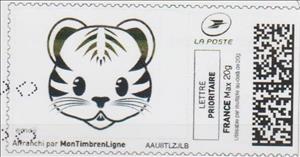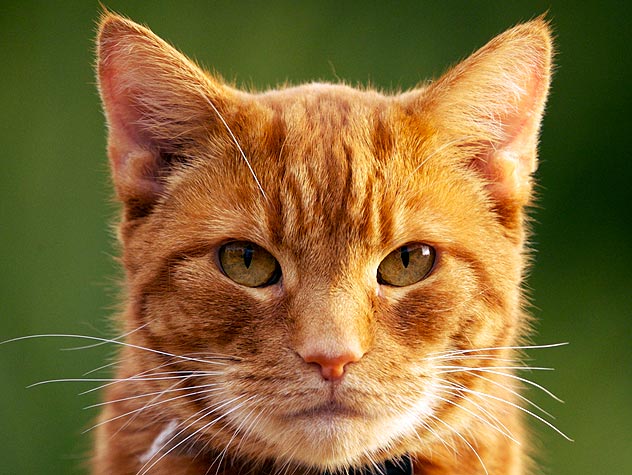Stamp: Ocelot Emoji (Personalized and Private Mail Stamps 2020)
Ocelot Emoji (Personalized and Private Mail Stamps 2020)
01 January (Personalized and Private Mail Stamps ) within release France : TimbrEnLIgne. Emojis goes into circulation Stamp Ocelot Emoji face value 20 Gram
| Stamp Ocelot Emoji in catalogues | |
|---|---|
| Colnect codes: | Col: FR-TIM 2020-258 |
Stamp is square format.
Also in the issue France : TimbrEnLIgne. Emojis:
- Stamp - Yoga Emoji face value 20;
- Stamp - Strong Emoji face value 20;
- Stamp - E-Commerce Emoji face value 20;
- Stamp - Big Glasses Smiley Emoji face value 20;
- Stamp - We love our Clients Emoji. 'On aime nos clients' face value 20;
- Stamp - Persian Cat. Persan face value 20;
- Stamp - Collie. Bouvier Benois face value 20;
- Stamp - Groin Groin face value 20;
- Stamp - You will be Fine. Tu Vas Assurer face value Lettre;
- Stamp - Learn and Grow Up. Apprendre pour Grandir face value Lettre;
- Stamp - Keep Fit Emoji face value None;
- Stamp - Yoga Emoji 2 face value Lettre;
- Stamp - Open Me Quickly. Ouvrez moi vite face value 20;
- Stamp - Tagada face value 250;
- Stamp - Tagada face value 20;
- Stamp - Thanks Merci a vous Top face value 20;
- Stamp - Happy Emoji in Black face value 20;
- Stamp - Ocelot Emoji face value 20;
- Stamp - A bientot Soon face value 20;
- Stamp - Ouaaais face value 20;
- Stamp - Blue and Yellow Thought Bubbles face value 20;
- Stamp - Tap Tap Tap face value 20;
- Stamp - Rabbit Emoji face value 20;
- Stamp - Maple Leaf Emoji face value Lettre;
- Stamp - Hear no evil, see no evil, speak no evil. Three Grey Mice face value 20;
- Stamp - Baaam Emoji face value 20;
- Stamp - Pine Cone Emoji face value 20;
- Stamp - Happiness Emoji face value 20;
- Stamp - 'Go for it'. Tout Schuss Emoji face value 20;
- Stamp - Avo Good day face value 20;
- Stamp - Maple Leaf Emoji in Grey face value 20;
- Stamp - Yess face value 20;
- Stamp - Heart Emoji face value 250;
- Stamp - Tears of Joy Emoji face value 250;
- Stamp - Applause/Clapping Hands Emoji face value 20;
- Stamp - We love our Clients Emoji. 'On aime nos clients' face value 20;
- Stamp - Yesss face value 20;
- Stamp - Whale Emoji face value 20;
- Stamp - Learn and Grow Up. Apprendre pour Grandir in black face value Lettre;
- Stamp - Pine Cone Emoji in black face value 20;
|
Data entry completed
46%
|
|
|---|---|
| Stamp Ocelot Emoji in digits | |
| Country: | Personalized and Private Mail Stamps |
| Date: | 2020-01-01 |
| Emission: | Personalized - Official |
| Format: | Stamp |
| Face Value: | 20 Gram |
Stamp Ocelot Emoji it reflects the thematic directions:
A cartoon is a type of visual art that is typically drawn, frequently animated, in an unrealistic or semi-realistic style. The specific meaning has evolved, but the modern usage usually refers to either: an image or series of images intended for satire, caricature, or humor; or a motion picture that relies on a sequence of illustrations for its animation. Someone who creates cartoons in the first sense is called a cartoonist, and in the second sense they are usually called an animator.
The concept originated in the Middle Ages, and first described a preparatory drawing for a piece of art, such as a painting, fresco, tapestry, or stained glass window. In the 19th century, beginning in Punch magazine in 1843, cartoon came to refer – ironically at first – to humorous artworks in magazines and newspapers. Then it also was used for political cartoons and comic strips. When the medium developed, in the early 20th century, it began to refer to animated films that resembled print cartoons.
The domestic cat (Latin: Felis catus) is a small, typically furry, carnivorous mammal. They are often called house cats when kept as indoor pets or simply cats when there is no need to distinguish them from other felids and felines. Cats are often valued by humans for companionship and for their ability to hunt vermin. There are more than 70 cat breeds, though different associations proclaim different numbers according to their standards.
Cats are similar in anatomy to the other felids, with a strong flexible body, quick reflexes, sharp retractable claws, and teeth adapted to killing small prey. Cat senses fit a crepuscular and predatory ecological niche. Cats can hear sounds too faint or too high in frequency for human ears, such as those made by mice and other small animals. They can see in near darkness. Like most other mammals, cats have poorer color vision and a better sense of smell than humans. Cats, despite being solitary hunters, are a social species and cat communication includes the use of a variety of vocalizations (mewing, purring, trilling, hissing, growling, and grunting), as well as cat pheromones and types of cat-specific body language.


